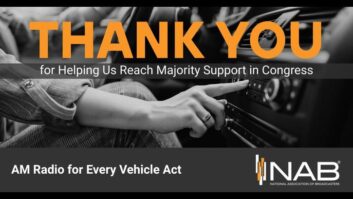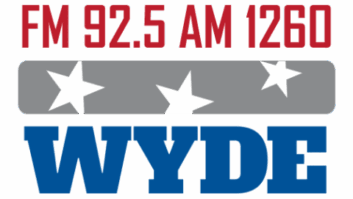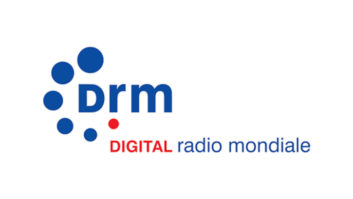A colleague asked me recently how many apps I had on my phone. I guessed that I had about 50. She told me point-blank that my sense of reality was seriously impaired, so I did the count. The answer astounded me. I currently have 176 apps. Talk about a lack of self-awareness!
With 128 gigs of storage, I don’t think about running out of memory until, of course, I do.
According to socialmediatoday.com, the average smartphone user devotes 2.3 hours daily to app use. This stat is reflective of those with about 30 apps, and much of this time spent is with the big social media companies or huge national media brands.
For radio stations owned by the major groups, decisions about apps are made, generally, at the corporate level and then messaging is pushed down.
iHeartMedia is to be commended for its “all-in” strategy and promotional roll-out across its stations. However, I’ve never heard or seen iHeart advertise their app to target a new audience that might never or rarely listen to broadcast radio. Perhaps they do so and I’ve just never encountered it. Marketing apps via digital advertising, in app stores and with Google search terms could be an opportunity for stations and groups who want to grow total audience.
For small groups, standalones and non-commercial stations, what’s the app situation for 2020 and beyond?
I don’t think it’s debatable that every station in America has to be available via mobile phone and tablet in some form or another.
On-demand behavior is driven by the desire for immediate gratification, most frequently obtained with the device in one’s pocket. A radio in the car or even on a different floor of the house won’t cut it anymore. I’ve stayed at four Airbnbs in the last six months and none of them even had a radio receiver.
[Can an App Solve the DRM Receiver Problem?]
The least costly approach to streaming comes via radio station aggregation apps like TuneIn. The disadvantage of this platform is that it’s easy for your station to get lost among so many listening opportunities; listeners may not even bother looking for your station once they stumble upon so many wonderful choices.
For those who can afford to build and maintain a standalone app, there are three choices to evaluate. While there is no clear-cut best choice, it does seem that the future is moving toward the latest technology.
NATIVE
The most common type of app is called a “native” app. This type is developed specifically for device use, primarily on iOS and/or Android. Native apps are the most expensive to build, maintain and market.
They must be approved by Apple and/or Google to ensure they contain no malware or serious bugs. Each time you update your app, it has to be updated in-store. Plus, when Apple or Google roll out a new operating system, you may have to make your app compatible with their update.
Because the native app has to match the user interface and software standards, the experience is often smoother and more intuitive for the user.
On the other hand, the volume of competitors in the app store is enormous, potentially mitigating the discoverability benefits of that marketplace.
WEB
Your next choice is a “web” app. This sort of app is really a mobile website built to look like and function as a native app. In fact, it’s often difficult to tell the difference between a web app and a native app.
Web apps are much cheaper to build and maintain because they don’t have to comply with a phone’s operating system or meet standards for placement in an app store. Web apps run in a browser and auto-update each time they load. Yes, you can even make an icon shortcut that looks like a native app and resides on a phone home screen.
The downsides are: not all functions may work off-line; they are less intuitive to use; they can be slower to load; and they may appear less premium to users .
PWA
Your third choice has a ton of advocates and shows significant promise. It’s basically a hybrid between a native app and a web app. It’s called a “progressive web” app, or PWA.
Unlike a web app, a PWA can use push notifications and access some device features, such as gestures.
Unfortunately, this type of app does not yet work on all types and versions of browsers. This is ultimately slowing its adoption.
I have never built one of these apps, so I can only repeat what I’ve read — and the reviews so far are mostly positive and optimistic.
If Apple and Google don’t get greedy with their walled-off stores and instead encourage the development of PWAs, it will lower the barrier of app entry for all and provide an improved user experience. This seems inevitable, but there are no guarantees yet.
One thing is certain though: We Americans love our phones and our apps. Radio must create and maintain a presence on mobile devices or risk relying completely on in-car listening, where even that piece of audio real estate is no longer the exclusive domain of broadcast stations.
Mark Lapidus is a multi-platform media, content and marketing executive and longtime Radio World contributor. Email [email protected].







